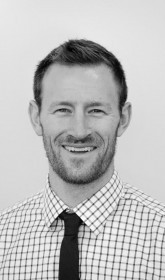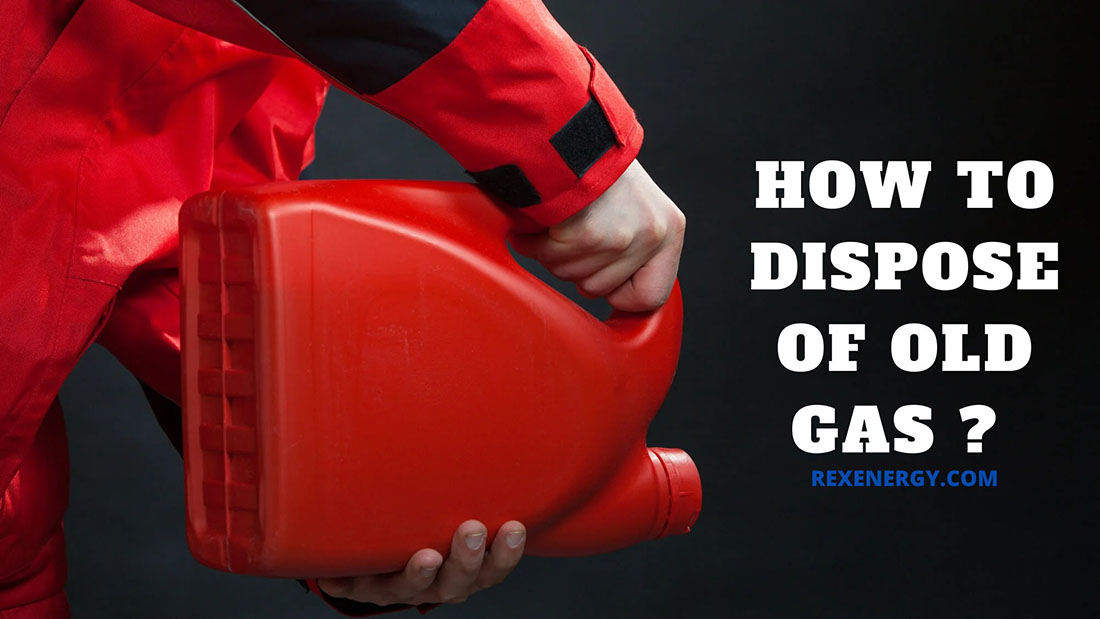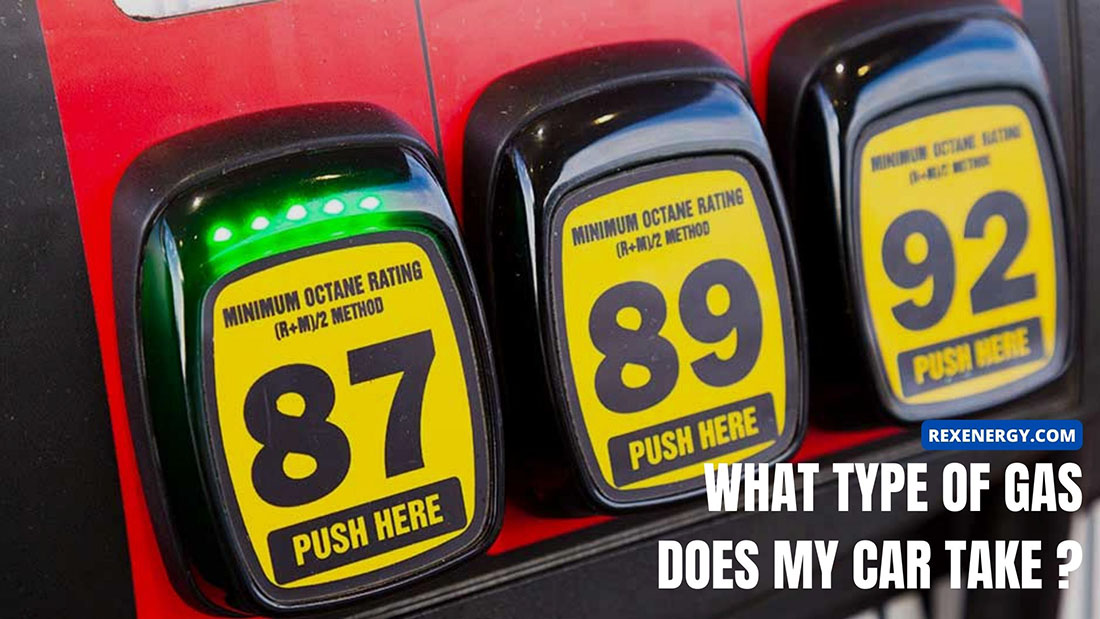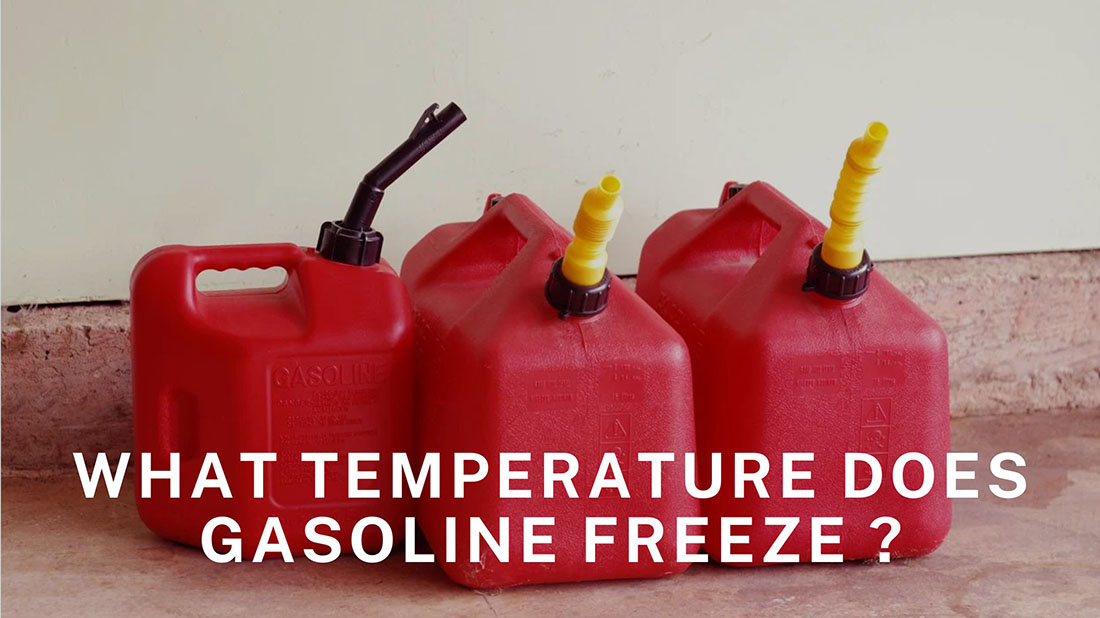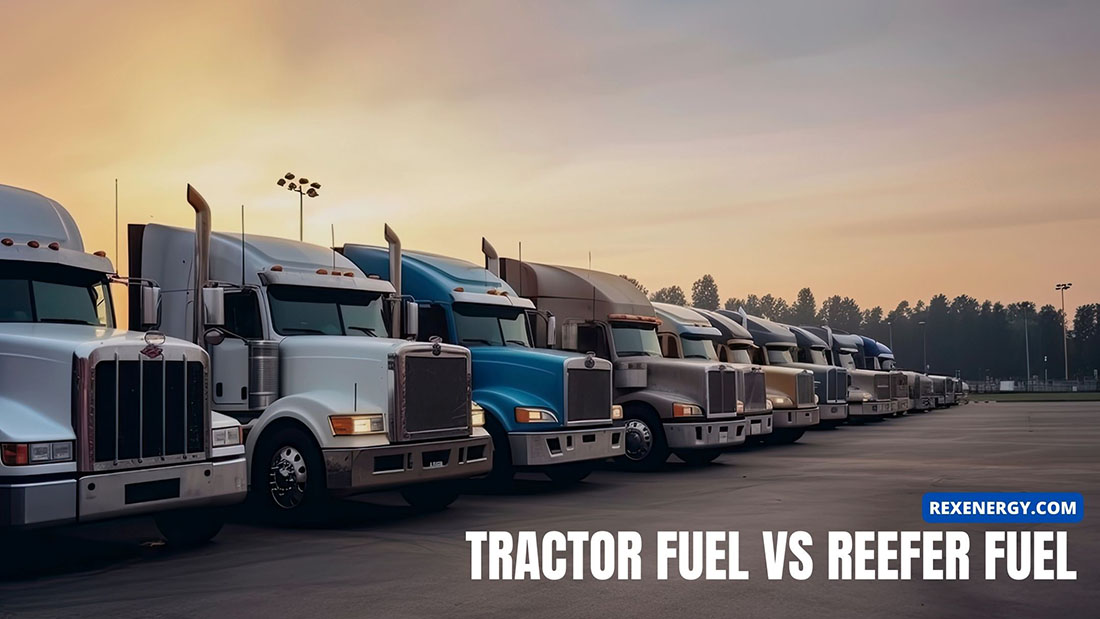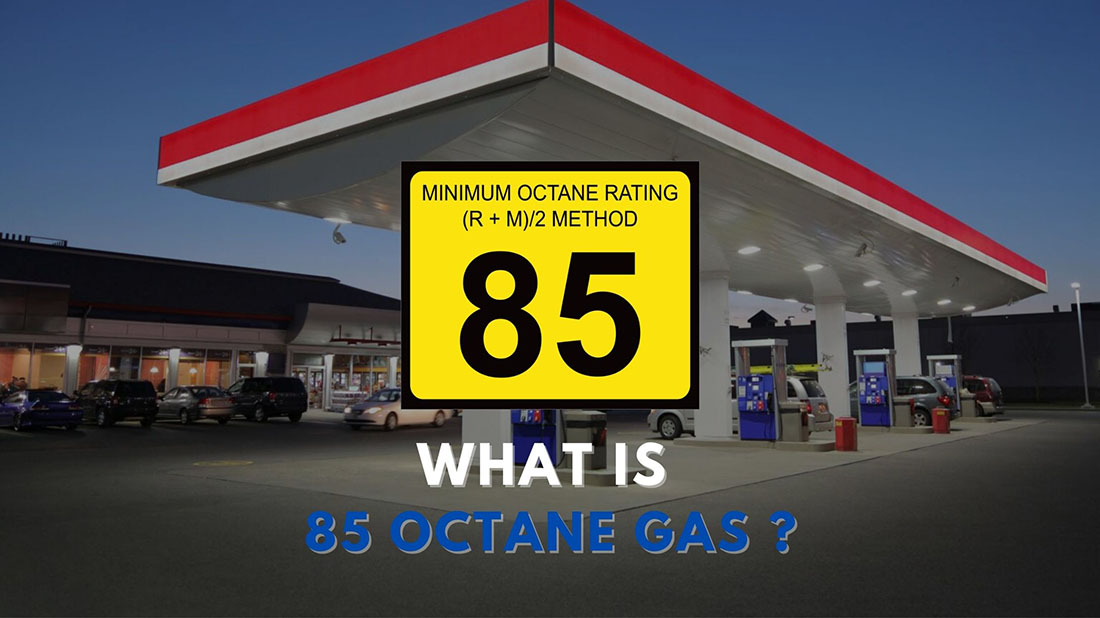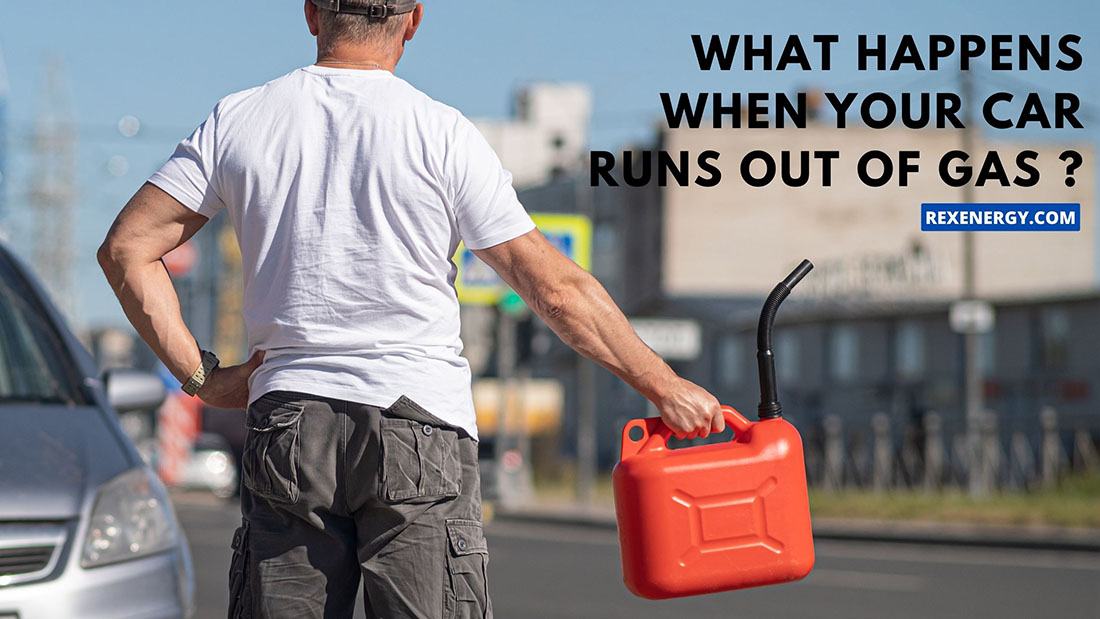Do you know the flash point of diesel and gasoline? These tiny temperature clues are like explosion safety guardians, ensuring we handle these powerful liquids without any unexpected fireworks. Join us as we decode why these flash points matter for a smooth and secure fuel journey.
What Is The Flashpoint Of Gasoline?
The flashpoint of gasoline is typically around -43 degrees Celsius (-45 degrees Fahrenheit). This number refers to the lowest temperature at which vapors from the liquid form an ignitable mixture with air. And when there is a trigger, like a flame or a spark, the mixture will ignite.

Gasoline vapors may not readily ignite at temperatures below the flashpoint, posing a lower fire hazard. However, in environments where temperatures exceed this threshold, the likelihood of ignition increases significantly.
It’s crucial to distinguish the flashpoint from the autoignition temperature, which is the minimum temperature at which a substance will spontaneously ignite without an external ignition source. Gasoline’s relatively low flashpoint underscores the importance of handling and storing it with care, as even slight increases in temperature can elevate the risk of fire and explosions.
What Is The Flashpoint Of Diesel Fuel?
Diesel has a higher flashpoint than gasoline, typically ranging between 52 to 93 degrees Celsius (126 to 200 degrees Fahrenheit). This higher flashpoint contributes to diesel fuel being less volatile than gasoline, meaning it can’t ignite until the temperature reaches this point.
This characteristic has safety implications, as diesel is less prone to ignite under normal storage and handling conditions.
Consequently, diesel is often considered safer to transport and store than more volatile fuels. Industries reliant on this flammable fuel, such as transportation and heavy machinery, benefit from its higher flashpoint, as it allows for safer handling practices.
Difference Between Autoignition Temperature And Flash Point
The difference between autoignition temperature and flash point lies in the conditions under which a substance ignites. Ignition temperature is the minimum temperature at which a substance spontaneously catches fire without needing an external ignition source. It signifies the point at which the material self-ignites due to the heat in its surroundings.
In contrast, the flash point is the lowest temperature at which a substance’s vapors can briefly ignite when exposed to an ignition source but may not sustain combustion. Essentially, the flash point is about the vapor, while the ignition temperature is about the substance itself.
The flash point is a critical safety parameter, especially when handling flammable liquids, helping you assess the fire hazard during storage, transportation, and usage. Autoignition temperature, on the other hand, emphasizes the inherent flammability of the material, providing insight into the conditions under which it can fire spontaneously.
Why Knowing Flash Point For Gasoline & Diesel Is Important
Understanding the flash point of combustible fuels like gasoline and diesel is more than just a technical detail. It’s a matter of safety, environmental responsibility, and industry regulation.
- Safe transportation and storage: This knowledge guides the design of storage facilities and informs the choice of transportation methods, ensuring the safety of both workers and the environment.
- Fire prevention: The flash point shapes fire safety protocols, aiding in selecting appropriate fire fighting methods and equipment. This is particularly vital when dealing with highly flammable substances, requiring specialized equipment and well-trained personnel to handle potential emergencies precisely and efficiently.
- Occupational safety: Workers in the petroleum industry benefit from the implementation of rigorous safety measures informed by flash point data. This includes using personal protective equipment (PPE) and advanced ventilation systems.
- Emergency response: First responders rely on this information to assess the severity of spills, determining and applying the most effective containment and cleanup procedures to minimize environmental damage.
Frequently Asked Questions
What’s More Flammable Diesel Or Gasoline?
Gasoline is more flammable than diesel. Gasoline has a lower flashpoint of -43 degrees Celsius, making it more volatile and easier to ignite than diesel, with a higher flashpoint of 52 to 93 degrees Celsius, indicating lower flammability.
Why Are Diesel Trucks Catching On Fire?
Diesel trucks can catch fire for various reasons, including fuel leaks, electrical issues, or overheating of gasoline engine components. Poor maintenance, worn-out fuel lines, or faulty wiring can increase the risk. Vigilant inspection, timely repairs, and adherence to safety guidelines are crucial in preventing such incidents.
Can Gasoline Ignite Without A Spark?
Yes, gasoline can ignite without a spark. It has a low flashpoint, and various factors like high temperatures, open flames, or hot surfaces can initiate ignition. The autoignition temperature, the minimum temperature for spontaneous ignition, is another factor independent of external sparks that can cause gasoline to ignite.
The Bottom Line
So, knowing the flash points of gas and diesel is like having a safety map for our fuel adventures. Understanding these little temperature secrets ensures our journey with these potent combustible liquids stays smooth, safe, and free from unexpected accidents. Stay safe and fuel up wisely


